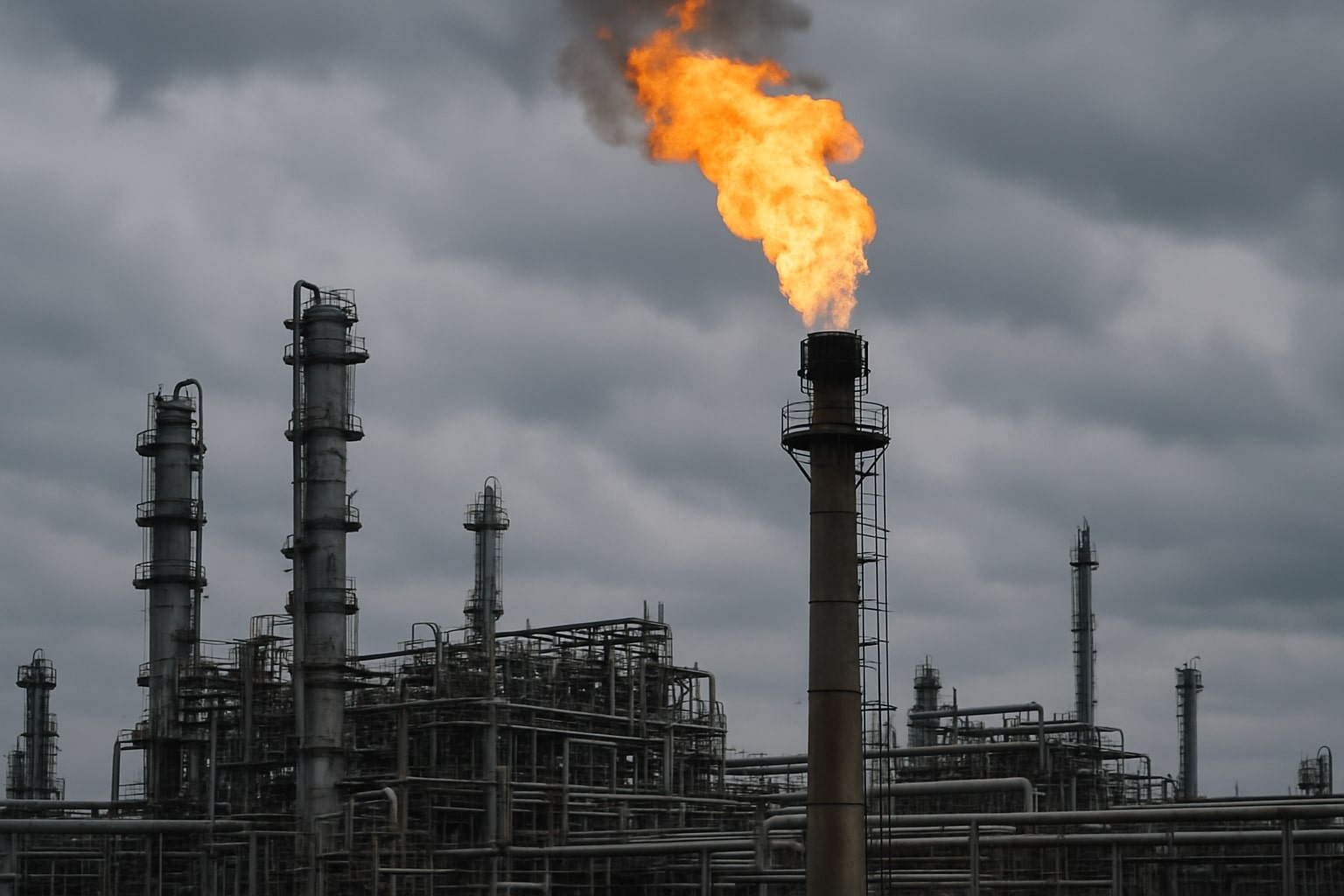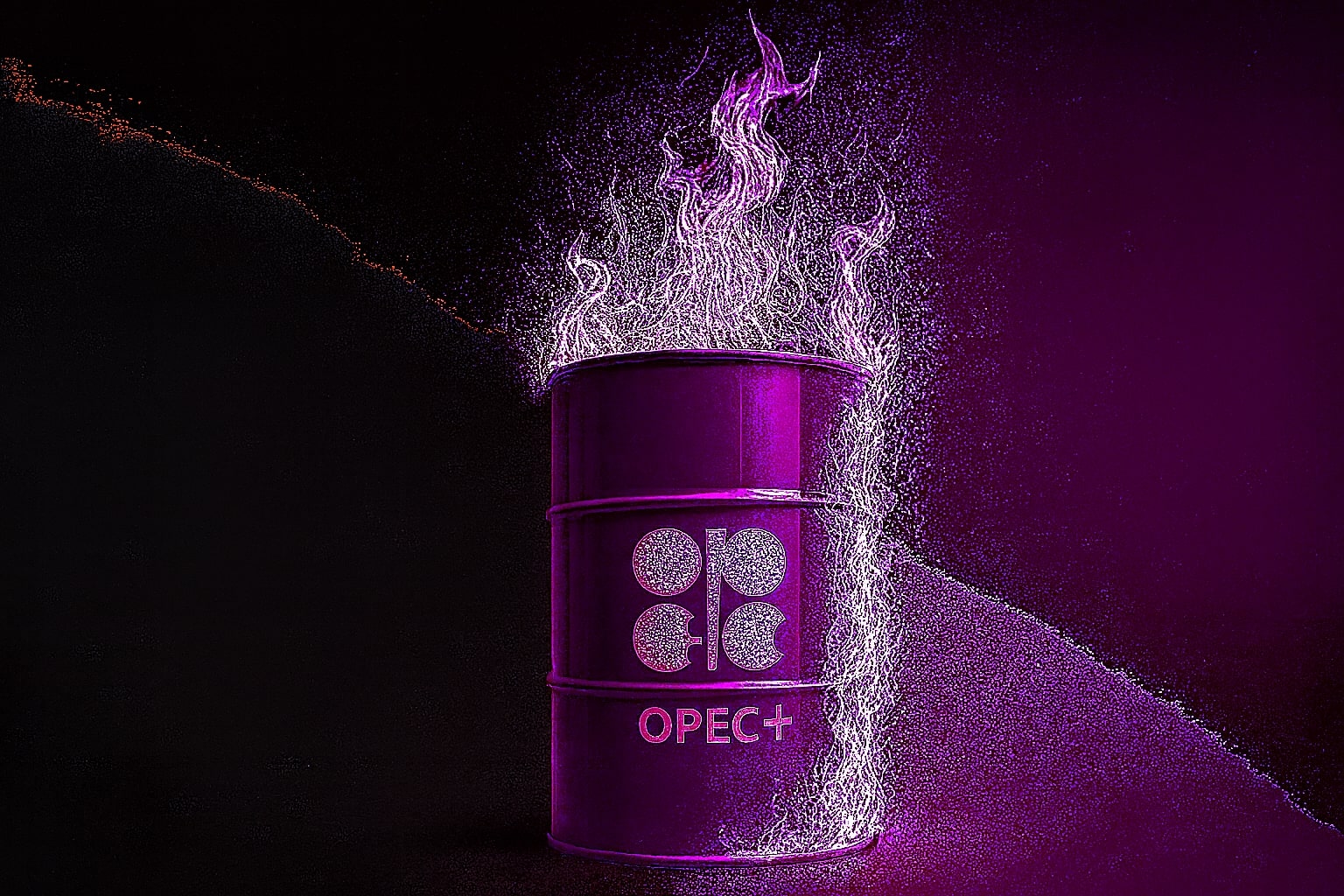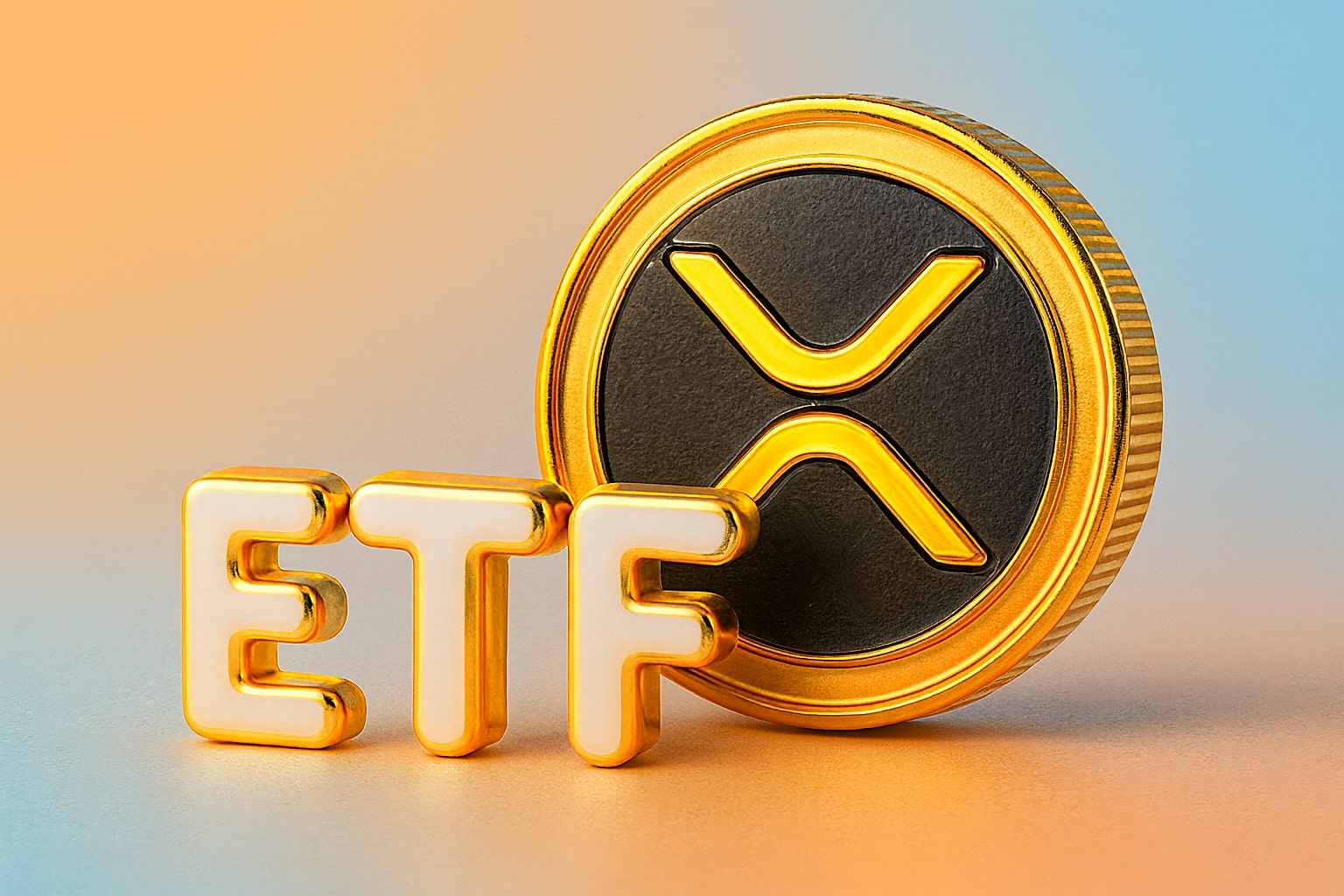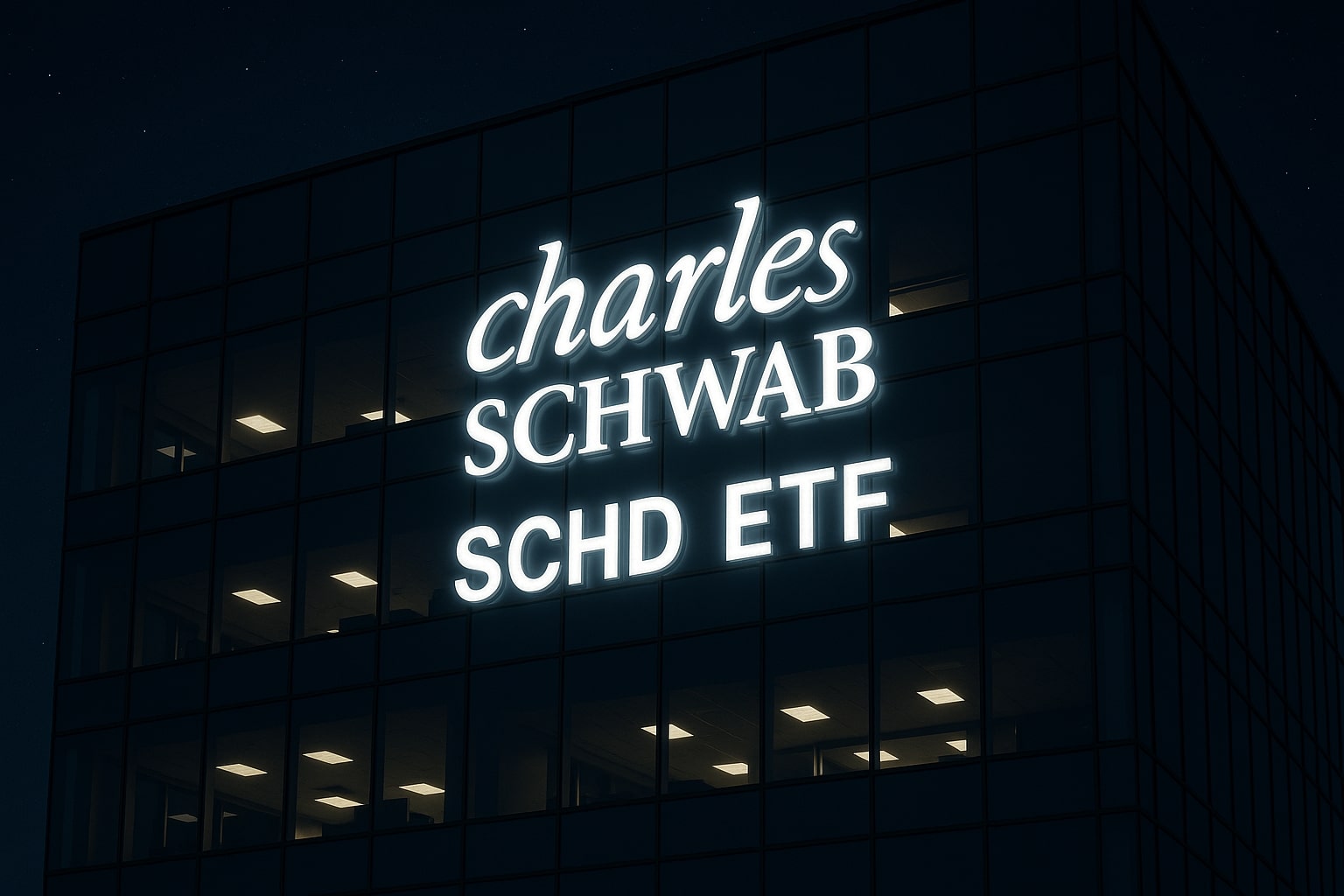
Natural Gas Faces Resistance Below $3.88 as Export Shifts and Weather Risks Collide
Canadian supply cuts, U.S. heatwave demand, and Norway’s LNG surge define NG=F's high-beta landscape | That's TradingNEWS
Natural Gas Price Action Turns Unstable Amid Geopolitical De-escalation and Summer Surge
Natural gas (NG=F) prices attempted a short-term recovery off the $3.40 floor but continue to face strong headwinds as momentum fades below $3.88. The commodity rebounded 5% to trade around $3.70/MMBtu, yet technical charts show stiff resistance between $3.79 and $3.88. Price remains compressed under the 50-period EMA ($3.79) and 200-period EMA ($3.88), and unless bulls can reclaim the $3.67–$3.76 range, downside pressure is likely to return. The failure to push above these zones opens targets at $3.49 and $3.40.
Canadian Gas Exports Decline While LNG Projects Reshape Regional Flows
Exports from Canada to the Pacific Northwest fell to 3.48 Bcf/d in June — their lowest since January and 0.74 Bcf/d below January’s average. This dip comes amid tepid regional demand and falling spot prices. Northwest Sumas closed May at $1.865/MMBtu and fell to 53 cents in late June, down 45 cents from last summer. In contrast, PG&E Citygate saw a 22-cent increase month-over-month, and its July forward contract is trading 40 cents above June’s average, indicating rising demand. LNG Canada’s Phase 1 startup — set to process 2 Bcf/d — may permanently alter North American gas flows by keeping more Canadian supply inland.
Political Tailwinds: Louisiana's Green Energy Law Shakes Up Narratives
Louisiana reclassified natural gas as green energy, joining Tennessee, Ohio, and Iowa. This follows similar moves in the EU, which recently deemed natural gas and nuclear as sustainable — moves that have sparked backlash from environmental groups but indicate a growing realignment in energy policy. With this designation, the regulatory outlook for natural gas investment may shift further, providing a new tailwind for infrastructure and exploration.
Spot Price Collapse in Northwest Undermines Broader Recovery
Despite the broader bullish tone, regional spot prices in the Pacific Northwest have collapsed. The 10-day average for Sumas gas has hovered near record lows, defying broader demand forecasts. That divergence underscores growing structural dislocation between domestic spot prices and global LNG-driven fundamentals. PG&E Citygate’s resilience, however, shows that California and West Coast hubs may still see firm demand recovery as temperatures rise.
WTI Holds Above Key Trendline With $66 Resistance Capping Rally
WTI crude oil (CL=F) closed near $65.65, rebounding from the $63.98 low after shedding $13 from its $77.17 peak. Price is consolidating under the 200-period EMA ($66.20) and faces overhead resistance at the 23.6% Fib retracement of $67.09. A break above $67.11 could unlock upside toward $69.02, while failure to hold the trendline may result in a test of the $64.00 level. Volatility remains elevated, with $15 weekly swings driven by geopolitical shifts and U.S.–China trade developments.
Brent Struggles Below $69.90 as Traders Await Directional Trigger
Brent crude (BZ=F) remains pinned below $67.91, capped by the 200-period EMA at $68.89. A failed rally toward the 23.6% retracement at $69.93 signals indecision. With resistance holding firm, a close above $69.93 could reignite bullish momentum toward $71.91–$73.52. On the downside, breaking $66.75 exposes $64.96 and lower. The tight consolidation band between $66.72–$69.90 suggests an imminent breakout, but direction hinges on macro catalysts.
Heatwave Demand Surge Balances Against Supply Build
Heatwaves in Maine, Pennsylvania, and India are driving short-term gas demand higher, with utilities relying on natural gas to fuel air conditioning and cooling systems. U.S. storage additions remain elevated, but consumption is accelerating. Meanwhile, the Pacific Northwest’s mild start to summer has delayed broader demand pickup, though restocking trends in California hint at Q3 strength.
Norway Expands Supply to EU With Ormen Lange Output Boost
Shell has commissioned two seabed compressors at Norway’s Ormen Lange gas field, increasing recovery rates from 75% to 85% — unlocking up to 50 billion cubic meters of additional supply. This comes amid EU demand for non-Russian gas, with Norway now Europe’s top supplier. Coupled with Balder X and Johan Castberg oilfield expansions, Norway’s production strategy continues to pressure LNG pricing and add to global supply.
Natural Gas Outlook: Short-Term Caution, Long-Term Volatility Ahead
With resistance capped at $3.88 and spot prices collapsing in some U.S. regions, NG=F faces immediate headwinds. However, green energy reclassification, LNG export shifts, heatwave-driven demand, and Norway’s increased EU supply introduce complex, diverging factors. Until price breaks above the $3.88 ceiling with conviction, the trade remains a tactical hold. Longer term, structural volatility from export competition and geopolitical reshuffling makes natural gas a high-beta asset for strategic positioning into Q4 2025.
That's TradingNEWS
Read More
-
SCHD ETF Price at $27: Can SCHD’s 4% Yield and 9.15% Dividend Growth Beat High-Yield Covered Call ETFs?
15.12.2025 · TradingNEWS ArchiveStocks
-
XRP ETFs Close on $1B Inflows as XRPI at $10.92 and XRPR at $15.52 Hit 52-Week Lows
15.12.2025 · TradingNEWS ArchiveCrypto
-
Natural Gas Price Forecast: NG=F Holds the $4 Floor as Oversupply Clashes with 2026 LNG Demand
15.12.2025 · TradingNEWS ArchiveCommodities
-
USD/JPY Price Forecast - Dollar to Yen At 155: Yen Strength Builds As BoJ Hike And NFP Collide
15.12.2025 · TradingNEWS ArchiveForex



















